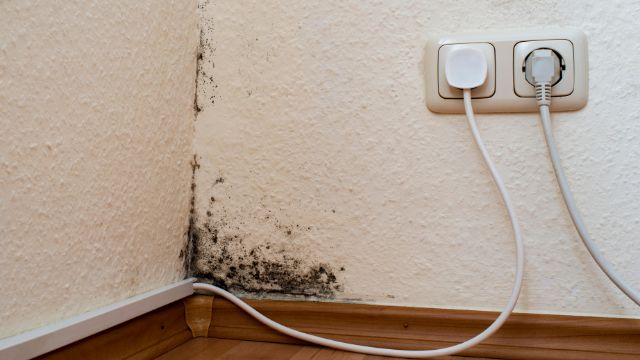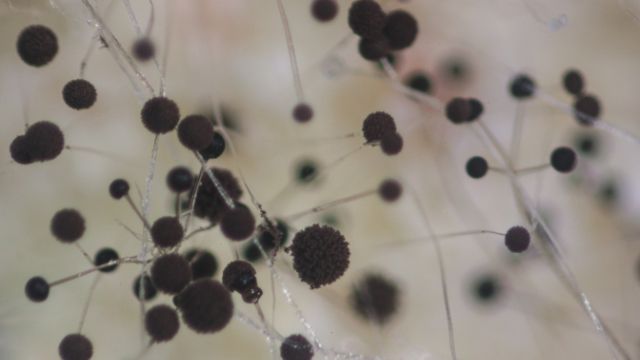Are you aware of the types of Mold found in homes or commercials no matter the type of mold you have recognized or not, they all have one thing in common: They love moisture and develop in temperatures between 60 and 80 degrees.
The first step of the remediation process is locating and identifying the mold, so here are the seven most common types of mold found in homes.
1. Chaetomium

Chaetomium is an allergenic type of mold. It is found in Water-damaged homes. Soil and plant dirt is the natural outdoor habitat of this mold, but it’s also the most common mold to grow in houses hampered by flooding and large water leaks.
It is an allergenic mold that often starts as a frizzy white growth.
2. Aspergillus
Aspergillus is a common mold and is likely to grow on any damp surface. According to a study, most strains of aspergillus mold are harmless. Still, a few can cause severe illnesses and weak immune systems.
Therefore, testing is necessary to determine if the type of mold in your home is aspergillus.
3. Alternaria
Alternaria is an allergenic type of mold. Generally, it is found in bathrooms and damp windows. The mold that grows along the bottom of windows where condensation develops during cold weather is Alternaria.
It causes allergic reactions and can trigger hypersensitive conditions such as hay fever and asthma. In addition, this organism can infect people whose immune systems are hampered.
4. Fusarium
Fusarium grows and spreads in near-freezing temperatures, although some types of mold need warmth to survive. Strains of Fusarium can appear virtually anywhere.
Mold found in homes is allergenic, causing fever-type symptoms, but few are highly toxic, leading to nervous system disorders and internal bleeding. Fusarium is incredibly fast-growing, and it can look not only unsightly but also cause severe structural damage.
5. Aureobasidium
This allergenic mold thrives best behind wallpapers or on wooden or painted surfaces. It is brown, black or pink.
Aureobasidium causes infections in areas around the eyes and nails and should never be touched by bare skin as it can cause dermatitis.
6. Cladosporium
Cladosporium is a type of mold found in homes. While most varieties of Cladosporium prefer warm climates, It thrives in cool areas.
It generally grows on fabrics, like carpets, and wood surfaces, like cabinets and floorboards. Cladosporium causes a variety of respiratory problems.
7. Mucor

Mucor is an allergenic form of mold found in homes. It generally grows in thick patches and is often white or greyish. Mucor typically grows on air conditioning systems and ductwork.
If your home has been water damaged, then the chances of this mold are high as it is a common problem in water-damaged buildings.
Final words
Now that you know the seven most common types of mold found in homes, mold remediation is vital. When you discover a substantial number of people with weak immune systems in your household, it’s time to call a professional.
We have the Institute of Inspection Cleaning and Restoration Certificate that makes us the most reliable technicians that offer the finest mold remediation services.
Air Super clean will help you get back on your feet, whether it’s an expected mold or an entire mold infestation.







